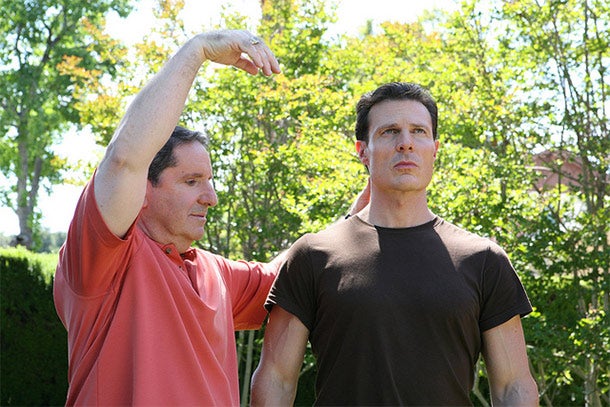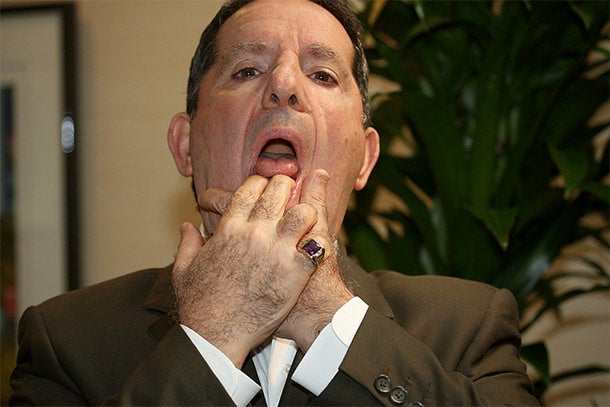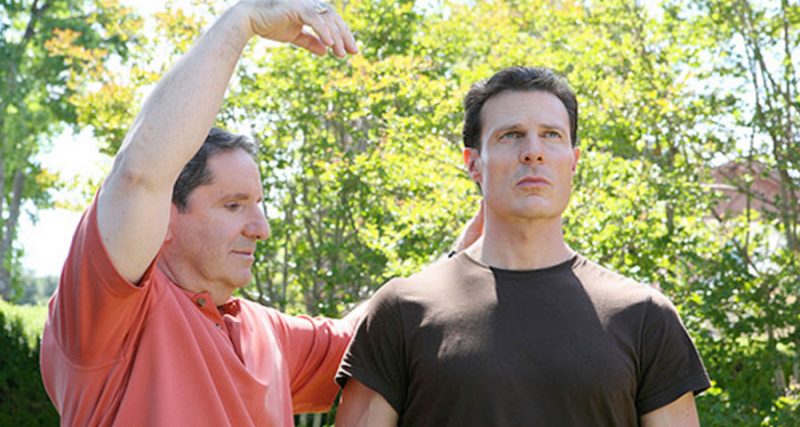Speech is habit, and through Vocal Awareness you will learn how to move from unconscious behavior to conscious behavior in every encounter so that you are always in charge of how you want to be known.
Our body language speaks volumes. The following five tips will help you fine tune your body’s broadcast system.
1.There is no “off switch.” Stature is preparation for everything we do. Always stand in stature. Ask yourself what it might be like to embody yourself in stature. When you do so, the first discovery is that the body inhales. Your core muscles pull up and your chest expands.

This is not simply standing up straight or at attention — that is presentational and we tense. It is not only a physical posture, but a state of mind. In other words, live in stature, don’t simply “present” in stature — walking down the hallway, a conference call, meetings — formal or informal — stature frames who you are, not simply what you do.
2. Release your tension. In front of a mirror, release your tongue and jaw and neck and shoulder tension by placing two fingertips in your mouth under your tongue and gently release. Your tongue should appear relaxed, not concave or convex, simply flaccid (the feeling of drooling). Place your other hand right under your lip line, forming a V between your thumb and index finger and gently pull your jaw down a half to one inch.
While observing yourself, you will likely see that your tongue pulls back, your head dips down and your neck and shoulders are tense. As you consistently do this exercise, you will not only feel more relaxed and confident, you will appear that way as well.

3. Practice maintaining eye contact. Like our voice, our eyes convey everything. Eye contact connects us literally and figuratively with one another. It is a critical technique that will help you break unconscious behaviors that send the wrong signs to your audience — namely anxious, insecure, untrustworthy.
Making eye contact changes the sound of your voice — you will notice a lower pitch, enhanced resonance and vocal energy — it helps you to embody integrity, confidence and authority.
4. Make gestures purposeful. Gestures help you effectively tell the story or detract from what you are saying. In any presentation, all gestures must be purposeful, not random, unconscious or ever repetitive. Also, the way you stand in front of your audience matters.
Again, practice in front of the mirror, hold your hands in front of you just below your belt line, clasping one hand in the other and notice what you look like. For your next practice, first engage stature and this time, lace your fingers together. Notice how you immediately appear more centered — more grounded. This little hand adjustment creates a big visual difference.
5. Remember the handshake. Your handshake is often the first connection you make with someone. It may appear to be a perfunctory daily gesture, but it is not — it is so much more. A handshake can be the equalizer. It conveys sincerity and warmth and should be firm but not aggressive. We make no exception for age, gender or status. Practice shaking hands with a friend or colleague while maintaining eye contact. Never rush.
As you progress on your Vocal Awareness journey, you will notice that each step is designed to build communication mastery. Take your time and always practice conscientiously. The routine is never routine. You are learning new skills that will help you evolve into the leader you are capable of being.
Original Source: http://www.entrepreneur.com/article/235302





Leave A Comment